The promise of semantic observability is a mirage, masking a critical failure to understand true meaning.
The current approach to standardizing observability represents a fundamental misalignment between technical substance and marketing-driven terminology. Labeling OpenTelemetry conventions as “Semantic Conventions” isn’t merely inaccurate; it actively undermines our ability to develop genuinely useful insights into complex systems.

The Illusion of Depth
OpenTelemetry’s deployment of terms like “signals” and “semantics” with casual imprecision creates a veneer of sophistication that masks profound conceptual weaknesses. Traces, logs, and metrics are labeled as “signals,” yet they represent nothing more than raw telemetry data—information without interpretation, context, or meaning.
The Semantics Charade
What OpenTelemetry grandly calls “semantics” is nothing more than standardized naming conventions for fields.
This is akin to claiming that agreeing to call a car a “vehicle” instead of an “automobile” somehow provides insight into traffic patterns or driver behavior. It’s like suggesting that standardizing file naming conventions somehow creates artificial intelligence. The intellectual sleight-of-hand is both evident and concerning. This isn’t semantics; it’s basic data taxonomy. True semantics involve the interpretation of meaning, context, and intent; what OpenTelemetry offers is merely consistent labeling—the alphabetization of a library without any understanding of the books’ contents.
The danger here extends beyond mere linguistic pedantry; language shapes thinking. Such terminology creates the dangerous illusion that we’re addressing deeper questions of meaning when we’re merely standardizing ever more data collection. It’s selling dictionaries as comprehension and calling it semantic understanding.
The Cognitive Burden of Maximum Capture
The “capture and collect everything” philosophy runs counter to everything we understand about intelligence itself.
Many organizations currently utilize observability tools that amass extensive datasets without offering actionable insights into the root causes of operational issues. This results in engineers expending considerable effort analyzing copious amounts of data, hindering efficient problem resolution and underscoring the unmet potential of observability.
Intelligence, whether human or artificial, functions as an abstraction and compression engine, identifying significance and salience within overwhelming complexity. It works by selectively attending to what matters, not by indiscriminately recording everything. Yet the current observability paradigm promotes a bottom-up, insurance-policy approach to data collection that’s fundamentally ignorant of value. It imposes enormous costs:
- Storage and computation burdens that scale with data volume
- Cognitive overload for engineers and analysts
- Attention dilution as significant signals drown in noise
- Analysis paralysis from too much data with too little structure
The Vendor-Driven Agenda
Vendors benefit from prescriptive standards they can implement and check off, positioning their products as compliant with “semantic observability” or “AI observability” without delivering substantive interpretive value.
Consider Honeycomb’s branding of wide, “fat” events as “semantic observability.” While high-cardinality events with numerous attributes might capture more dimensions of execution behavior, they don’t inherently provide interpretative frameworks. More attributes don’t automatically translate to better meaning-making. Less is more, with intelligence.
Vendors might argue that standardization promotes interoperability. But interoperability without interpretability merely leads to universally compatible confusion rather than clarity.
While current standards represent an initial phase in attaining something other than nothing, a lack of focused vision and commitment to prioritizing meaning over mere data accumulation risks solidifying counterproductive methodologies. Consequently, it’s imperative to recognize the shortcomings of existing systems and proactively develop more insightful observability models.
What Semantic Observability Requires
Genuine semantic observability would start not with exhaustive data collection but with models of what matters—user satisfaction, task completion, reasoning quality, and business outcomes. It would:
- Prioritize abstraction over raw data collection
- Align representations with goals, intent, and understanding
- Compress routine patterns into higher-level concepts
- Selectively attend to significant deviations
- Provide interpretive frameworks for understanding events in context
- Connect observations to meaningful business and user outcomes
A Semiotic Approach to Observability
True observability requires a semiotic approach—understanding signs, signals, and subjects within a meaningful interpretive framework. For example, let’s say we wish to observe Generative AI systems; this means integrating established theories of human communication and interpretation rather than reinventing fragmented taxonomies.
Human-AI interactions share fundamental properties with human-human communication, making established frameworks like Speech Act Theory particularly valuable. Instead of simply recording that messages were exchanged, we should classify interactions according to their illocutionary force:
- Assertives: Statements about reality (explanations, descriptions)
- Directives: Attempts to get the AI to do something (commands, requests)
- Commissives: Commitments to future actions (promises, guarantees)
- Expressives: Expressions of psychological states (satisfaction, frustration)
- Declaratives: Actions that change reality through declaration (naming, defining)
This approach would transform observability from merely recording that a user sent a message to understanding what the user was trying to accomplish with that message—whether requesting information, giving a command, or expressing dissatisfaction. Building on these theoretical foundations, we need meaningful qualitative assessments:
- Reasoning Quality: exploratory, analytical, concrete, abstract
- Intent Recognition: aligned, misinterpreted, redirected, clarifying
- Response Adequacy: comprehensive, sufficient, partial, inadequate
Meaningful observability would include:
- Certainty: speculative, reasonable, definitive
- Contexts: exploration, task-focused, iterative, corrective
A truly semantic approach to Generative AI would evaluate:
- Adequacy of responses relative to needs
- Relevance to user intent
- Internal coherence and logic
- Certainty about our assessments
For AI systems specifically, the limitations of current observability approaches are particularly acute. The proposed GenAI observability standard focuses entirely on capturing structural elements of interactions (messages, roles, tool calls) but provides no framework for understanding the quality, relevance, or effectiveness of these interactions.
In AI-driven environments, capturing events alone produces only sophisticated noise. Without robust semantic frameworks that interpret these events contextually, the resulting telemetry creates an illusion of understanding.
Moving Beyond Data Collection
What we need isn’t more fields to capture or standardized naming conventions. We need frameworks that clarify how data translates into meaning—guiding interpretation, judgment, and actionable intelligence.
We need observability approaches that mirror how intelligence works: through compression, abstraction, and alignment with meaningful objectives.
The industry must demand observability standards that prioritize true semantic understanding. Vendors and standard-setting bodies must shift immediately from data maximization to meaning maximization, focusing less on the volume of data and more on the quality of insight it enables. Until this distinction is recognized and embedded deeply within observability standards, they’ll remain merely a vendor-driven telemetry exercise, falling catastrophically short of the transformative promise that genuine semantic understanding could provide.
Semantic observability isn’t a product, but a fundamental shift in how we approach understanding systems.
